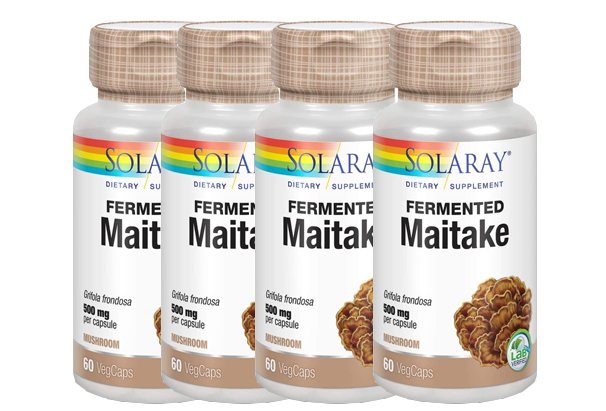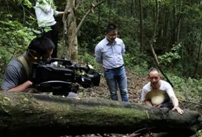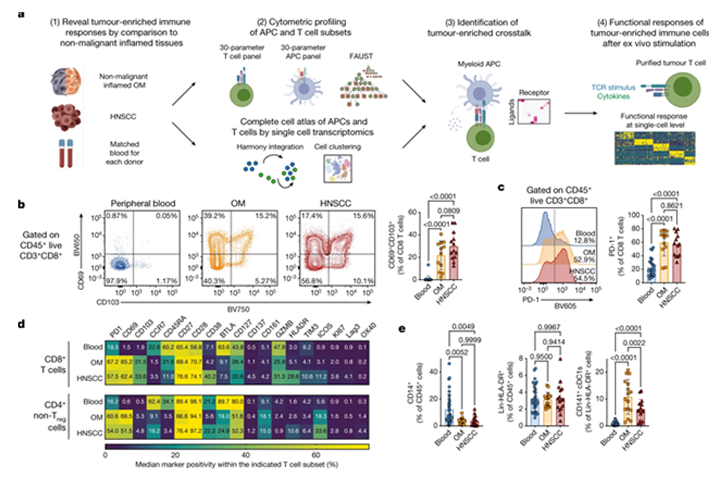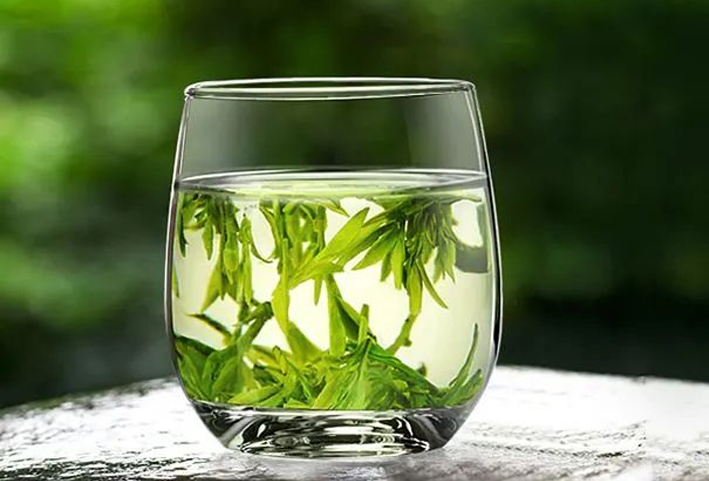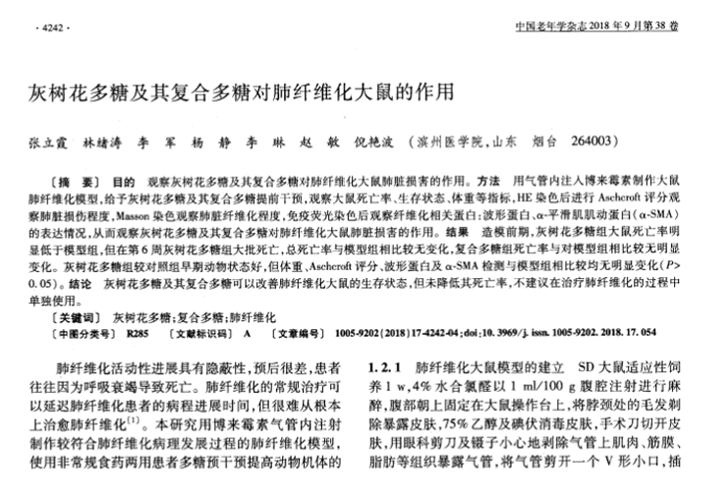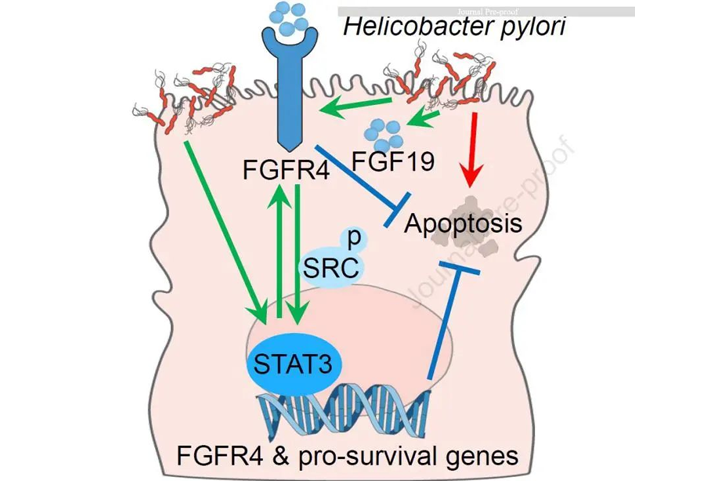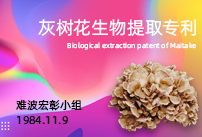Maitake, also known as pleuropora frondosa, belongs to basidiomycetes, laminaria, Polyporaceae and Dendranthema. It is a common large fungus and has become one of the rare medicinal and edible fungi developed and utilized in recent years. Dengshuqun first proposed the Chinese name "ash tree flower", which can be found in the authoritative monograph "fungi in China".
Maitake has a long history of picking and eating in China. Chenrenyu, a scientist of the Song Dynasty, described in his fungus manual that the ash tree flower "tastes sweet, smooth, non-toxic, and can cure hemorrhoids" as an edible fungus. There are many historical records about Maitake. Wenguzhai fungus manual is the earliest ancient book in Japan to describe Maitake. Osaka Haoran was the first to record its medicinal effect of "moistening the lung, protecting the liver, strengthening the foundation" from an academic point of view in the fungus manual in 1834. It can be seen that besides the edible value, the medicinal value of Maitake is more considerable.

Maitake is rich in nutrition. Its nutrient content has been tested by the Institute of nutrition and food hygiene of the Chinese Academy of preventive medicine and the quality inspection center of the Ministry of agriculture. Every 100g of dry Maitake contains 25.2g protein, 18 kinds and 18.68g of amino acids required by the human body, of which the essential amino acids account for 45.5%, 3.2g fat, 33.7g dietary fiber, 21.4g carbohydrate and 5.1g ash. Maitake is rich in a variety of beneficial minerals, with high contents of potassium, phosphorus and magnesium, followed by zinc, sodium, iron and calcium, as well as copper, selenium and chromium. It is rich in vitamins, including 109.7 mg of vitamin E, 11.47 mg of vitamin A, 20.72 mg of vitamin B, 17.0 mg of vitamin C and 4.5 mg of carotene, ranking first among various edible fungi. The contents of vitamin B1 and vitamin E were higher than those of common edible fungi. In addition, it also contains a variety of organic acids, which can promote children's healthy growth and intellectual development; The contents of arginine, lysine, aspartic acid and glutamic acid related to freshness are also relatively high.
1. Polysaccharide
Polysaccharides are the main chemical and active components of Maitake, which can be divided into structural polysaccharides and extracellular polysaccharides, and the polysaccharides obtained from different regions or different extraction methods are different. Maitake polysaccharides are mainly heteropolysaccharides, and their monosaccharides include glucose, mannose, galactose, xylose, etc., of which D-glucose is the main; The structure of Maitake polysaccharide is rich in β- 1,6 and β- Glucans with 1,3 glycosidic linkages.
There are many kinds of Maitake polysaccharides, which have a variety of pharmacological activities. They have significant curative effects in anti-tumor, anti diabetes, anti-virus, anti hyperlipidemia and immune regulation, and have broad prospects for development and utilization.
2. Steroids
At present, researchers at home and abroad have isolated more than 20 kinds of steroids from Maitake, mainly sterols and their derivatives, including 5 α, eight β- Ergosterol-6,22-diene-3 peroxy β- Alcohol, ergosterol, 3 β, five α, six β- Ergosterol, ergosterol peroxide, ergosterol-4,6,8,22, - tetraene-3-one, etc.
3. Polyphenols
At present, there are few phenolic compounds isolated from Maitake, mainly including ferulic acid, 2-hydroxysuccinic acid, dihydroxyphenylacetic acid, 4-hydroxybenzoic acid, caffeic acid, coumaric acid, 3-hydroxyresveratrol, resveratrol, epicatechin gallate, p-coumarinyl quinic acid, p-coumarinyl tartaric acid, etc. phenolic compounds mainly have antioxidant pharmacological effects.
Maitake is one of the rare edible and medicinal fungi developed in recent years. In addition to rich nutrients, it also contains a variety of active ingredients and has significant pharmacological activities. With the increasingly apparent pharmacological effects and health functions of Maitake, the market demand is gradually increasing, which makes the cultivation of Maitake increasing. Many researchers have conducted more detailed research on the cultivation technology of Maitake. A large number of literature reports have confirmed that Maitake has pharmacological effects such as anti-cancer, anti hypertension, anti obesity, anti HIV, improving chronic hepatitis, reducing blood glucose, anti-oxidation, anti-aging and so on.



